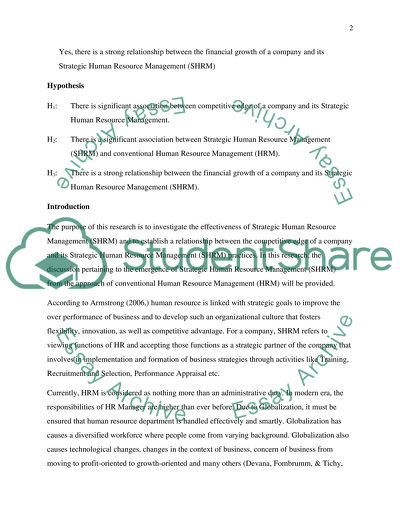Cite this document
(Impact of Competitive Advantage on Strategic Human Resource Management Research Paper, n.d.)
Impact of Competitive Advantage on Strategic Human Resource Management Research Paper. Retrieved from https://studentshare.org/human-resources/1666951-reserch-proposal
Impact of Competitive Advantage on Strategic Human Resource Management Research Paper. Retrieved from https://studentshare.org/human-resources/1666951-reserch-proposal
(Impact of Competitive Advantage on Strategic Human Resource Management Research Paper)
Impact of Competitive Advantage on Strategic Human Resource Management Research Paper. https://studentshare.org/human-resources/1666951-reserch-proposal.
Impact of Competitive Advantage on Strategic Human Resource Management Research Paper. https://studentshare.org/human-resources/1666951-reserch-proposal.
“Impact of Competitive Advantage on Strategic Human Resource Management Research Paper”, n.d. https://studentshare.org/human-resources/1666951-reserch-proposal.


